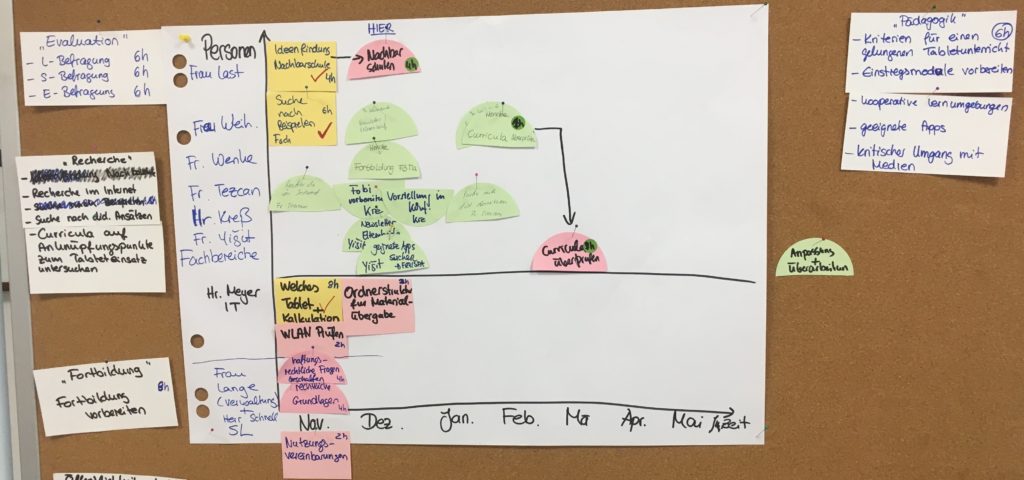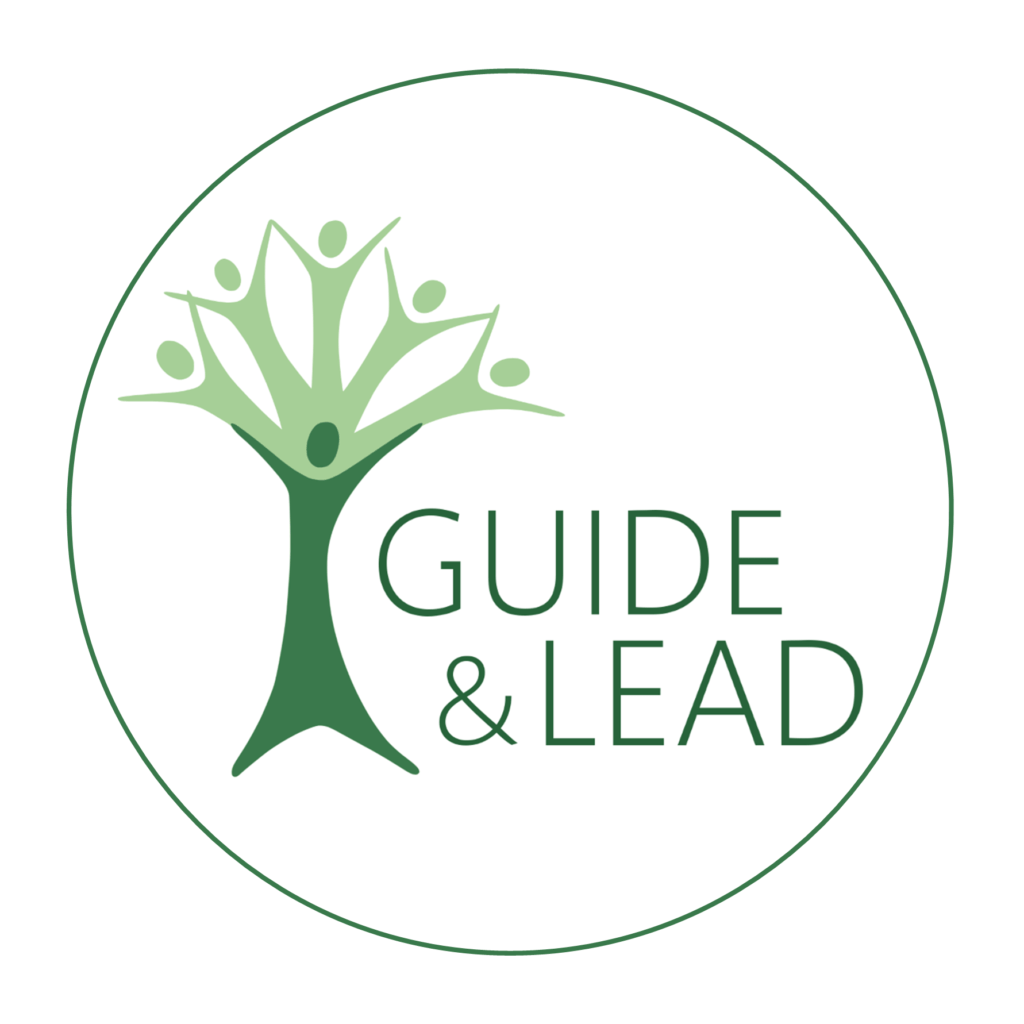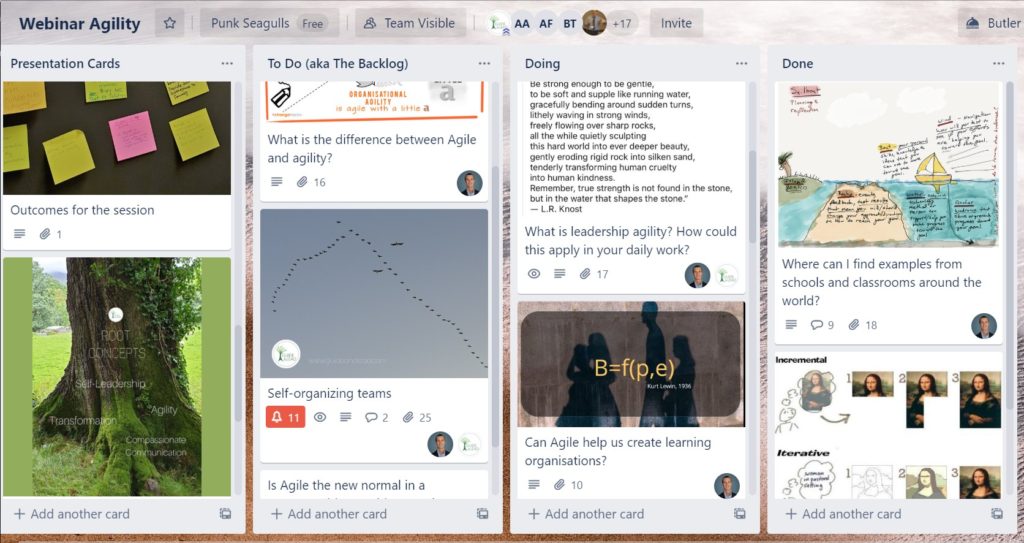Agile strategies for school transformations
While we at Guide and Lead talk about agile transformations here often, in schools, traditionally our work is dominated by cycles. Thirteen-year K-12 cohort cycles; five-year strategic planning, inspection and accreditation cycles; two-year exam programme cycles…
But it is the one-year cycle that is the most dominant in our lives as teachers and school leaders.
Planning longterm
If all goes to plan (*no pandemic disruptions!), preparations are completed by July ready for the long summer pause. Curriculums, pacing guides, and assessment dates are planned out down to the day, and even the hour. Master scheduling and staffing allocations are done down to the minute, and even the second. Then teachers and students return for the new school year refreshed, get their heads down and start the sprint. Except that it’s a sprint the length of a marathon!
At the end of this marathon in the following July, having given blood, sweat and tears for your students, it’s hard to remember what worked and what didn’t way back in September. It’s hard to find the energy to consider and work on your own professional skills and passions. And it’s hard to find time to reflect deeply on the bigger impacts you are having on your students and think of ways to develop these – not least, because you’re already planning for the next marathon sprint!
But if our schools are institutions of learning, where is the learning for the teachers, the leaders and for the organization as a whole? And we could also ask, based on a curriculum planned at least 6 months (sometimes 6 years) prior, where is the authentic and transformational learning happening for the students?

Versus agile planning
So here’s a thought… what if we imagined what school could be like based on a much shorter sprint? Maybe 4 to 6 weeks? What would feel different about it? How much more could we learn about how to improve, respond and adapt? How much more frequently could we reflect on our own needs, and our students’ needs, in order to identify and plan for more growth in the areas that we value?
There is an increasing emergence of ideas about such transparent goals, rapid learning and regular reflection based on short ‘sprints’ and iterations. From its initial origins in the software industry, “Agile” mindsets and ways of working have spread to a huge number of sectors and industries. And despite its capitalized (and commodified) “A”, its meaning has remained close to the original definition of the non-capitalized adjective: ‘the ability to move, think and understand quickly and easily.’
Isn’t this what we want for our learners? In fact, recent events have demonstrated that we all need this ability as a matter of life and death!
Agile Conversations -conversations with agility
As part of our recent presentation at the ECIS Leadership conference, we have initiated a ‘conversation with agility’ for our school leaders, teachers and students. It has to be a sense-making collaborative conversation because you can’t learn about agility by listening to someone talk about it – you have to experience it.
Benefits for schools
The benefits for schools of intentionally introducing more agile approaches are numerous. Learning can be planned in more personalized and responsive ways on shorter cycles. Collaborative learning is central to the process, so this is as great for students as much as it is for professionals. Organizations thrive as they become more responsive and innovative. Work becomes more meaningful as well as more productive. Connections are made to “real world” problems as students adopt innovative tools and strategies to solve them. Leadership becomes more agile, distributed and open.
Invitation to agile interaction
So please join the conversation here, where you will find a community of practice growing around this topic. There is also a huge range of resources here to help you get started in your own understanding of agility and agile leadership, as well as great examples from schools all over the world of people trying it out and learning from it!
If you are interested to learn more about how to practically implement agile practices at your school, maybe even starting with smaller teams or single projects, please feel free to contact Guide and Lead. We are here to support you in turning these new approaches into a success story for everyone involved, and as a motivation to rethink and transform the way school improvement planning is done.


